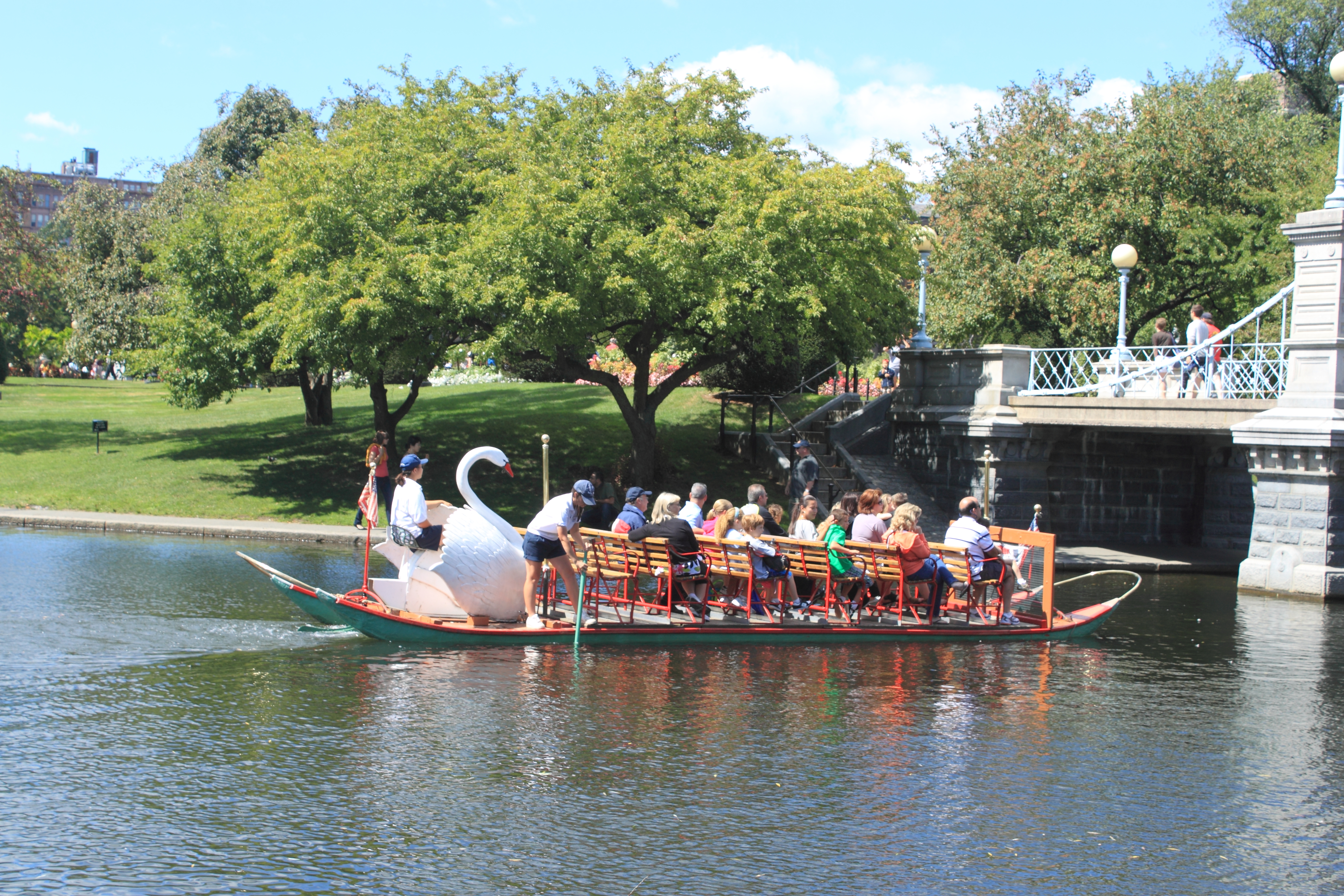
When a first daughter decided upon a gap year, the world voiced opinion. Some worried that a year off assumed privilege; others expressed admiration for benefits of time in the ‘real world’ of work, experience, travel, service, or specialized training. Balancing gown and town, in 1209, King John hired a French engineer and cleric who “in a short time hath wrought in regard to the Bridges of Xainctes and Rochelle, by the great care and pains of our faithful, learned and worthy Clerk, Isenbert, Master of the Schools of Xainctes” to build London Bridge. Charlemagne’s engagement with Alcuin, or the Netherland’s institution of the Dike Army (“ende alman sal ten menen werke comen op den dijc“), are examples of study and service. The medieval guilds combined learning, doing, and regional travel; Erasmus today is reminiscent. City Year Americorps offers options with college scholarships; Tufts 4+1 includes a Bridge Year. Roebling, builder of the Brooklyn Bridge, discovered a new idea when hiking in Bamberg on a student vacation. The University of Massachusetts Boston offers support for travel and scholarship to nations and locations featured in Building the World, through the Building a Better World Fund. Many ‘gap’ programs involve travel: Frank P. Davidson, whose early experience in Mexico has been cited as forerunner to the Peace Corps, suggested an interplanetary year. To fulfill the global vision of the Paris Agreement COP21, environment, governance, and industry may transform through engaged education.
Building the World Blog by Kathleen Lusk Brooke and Zoe G Quinn is licensed under a Creative Commons Attribution-NonCommercial-NoDerivs 3.0 Unported License






